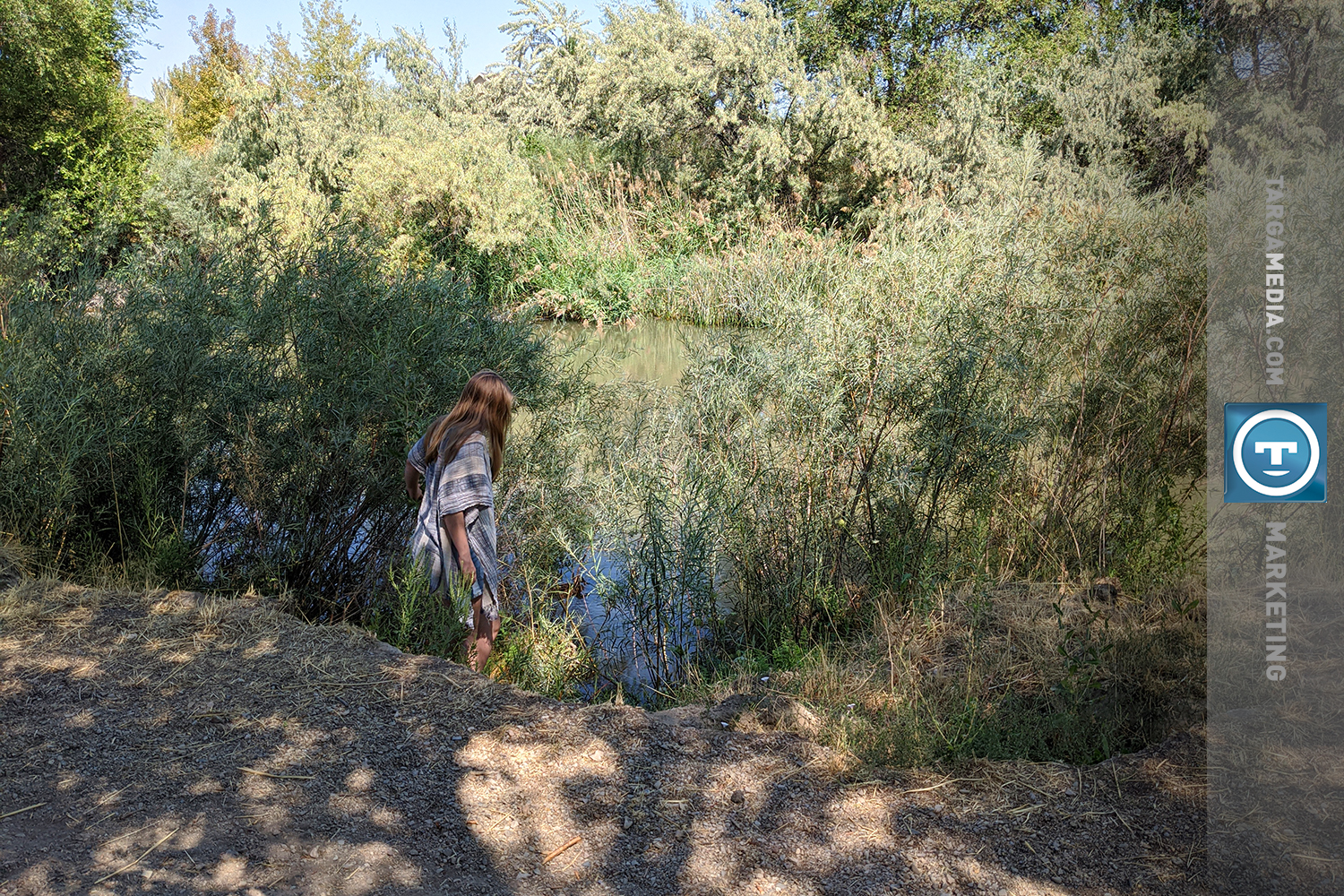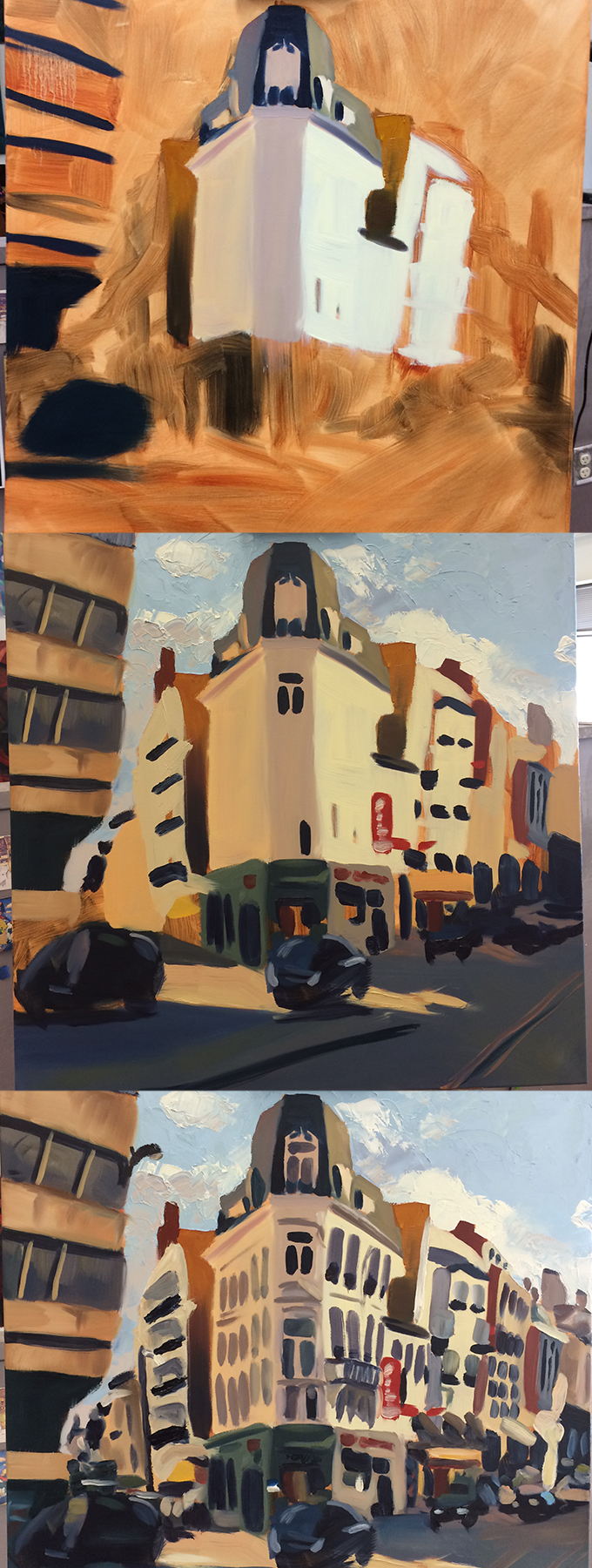

Maddie Gray
Content Lead
The Ugly Stage: Part of the Creative Master Plan
It happens with every project. Every drawing, every painting, every story, every book—every blog post:
THE UGLY STAGE
You know, that period of time when you can’t even stand to look at your creation, let alone work on it?
We’ve talked about the benefits that come from finishing the projects you start (check out my blog post on that here,) but I thought I’d tell you a little more about how you can push through the ugly stage and finish what you start.
The Making of a Masterpiece
My sister, Kaylie, paints beautiful cityscapes.
She paints buildings and cars and people in just the right number of strokes. She gives you enough to see the life thrumming through the streets. Enough to capture the essence of the place without copying it inch for inch, and line for line.
It’s always amazed me. How she knows just which details to keep and which to leave out.
In my drawings, paintings, writings, and other projects, I always feel lost somewhere in the middle. When my drawing doesn’t line up with the reference photo, or my story isn’t conveying the mood I wanted—when it doesn’t come out the way it looks or feels in my head.
How does Kaylie know, from beginning to end, just where to put each shape, just where to touch paint to canvas?
Well, long story short, she doesn’t.
It’s not as if when she starts painting, she has an itemized list of exactly what she will do and in what order. She doesn’t have the hex code of each color mapped out, and the precise ratio of yellow and blue she will mix to achieve that particular shade of green.
It starts out scribbly. She fills in some of the shadows. Blocks out the basic shapes. She paints in layers. Adding color here. Another shape there. More shapes painted on top of that one. She follows her eyes, adding more value where things look flat. More color where they look dull. More detail where they feel empty.
But that’s the point. Along the way, parts of the painting did feel flat, dull, and empty. They didn’t look how she envisioned them.
Kaylie hits the ugly stage, too. But she’s painted enough to know something that the rest of us probably don’t.

Can’t Go Over It. Can’t Go Around It.
You’ve got to go through it.
I wish I could tell you that I’ve found the shortcut—the way around the ugly stage—but I can’t. The truth is, the ugly stage is a part of the process. The only way to make it out, is to slog through. Keep going even though you hate what you’re seeing. Keep going even if it seems like there’s no hope left for your project.
I can’t tell you how many drafts of essays and short stories I’ve pushed through, hating every word of them, only to turn it around with some merciless editing (eight drafts later.) You can bet that I wasn’t satisfied until I read back that eighth and final draft.
For me, it all comes down to self-doubt. I don’t trust myself to pull it off. I get so worried that the half-finished project before me is the best I can do that I want to give up. I’m working on building up confidence in my work, but that’s easier some days than others.
On the days when you don’t feel like you can trust in yourself, in your talents, in your experience, in the projects you’ve completed in the past—trust the process instead.
Trust that the ugly stage will happen in every. single. project. Instead of dreading it, let it guide you. Find the things that don’t look quite right and the places that don’t match up with your vision. Tweak them until they do.
Maybe we shouldn’t dread the ugly stage or curse it when it rears its ugly head—maybe we should thank it for showing us the weak spots in our projects. Or, you know, something a little less cheesy.
Jason’s Take
My own experiences of “going through the creative process” take me all the way back to my High School days when I couldn’t decide whether to enroll in a Fine Art or Commercial Art elective course. At the time, I wasn’t even sure of the difference. For years I was satisfied with the answer: Fine Art is telling your story, and Commercial Art is telling somebody else’s story. Commercial Art felt to me like taking a safe high road where I didn’t have to invest my heart and soul into a “commercial” piece of art that was meant to tell somebody else’s story. Yes, for many years I was very content not to expose my personal thoughts and feelings on a canvas that would certainly be scrutinized. Turns out that I had it all wrong. Commercial Art was just as much about my personal experiences, beliefs, convictions and vulnerabilities as any fine art project would be. As I began “going through” every project instead of over or around, and began embracing the human experience of artistic expression, my “commercial art” projects began to truly resonate with my commercial audiences. Turns out that people are attracted to people and not products, proposals, pitches or promotions. I then extended my new-found discoveries out to my clients, encouraging them to also put their products and passions onto their own “ugly stage.” They in turn told a more personal and genuine story, became more vulnerable, and ultimately created emotional connections with their audiences.
